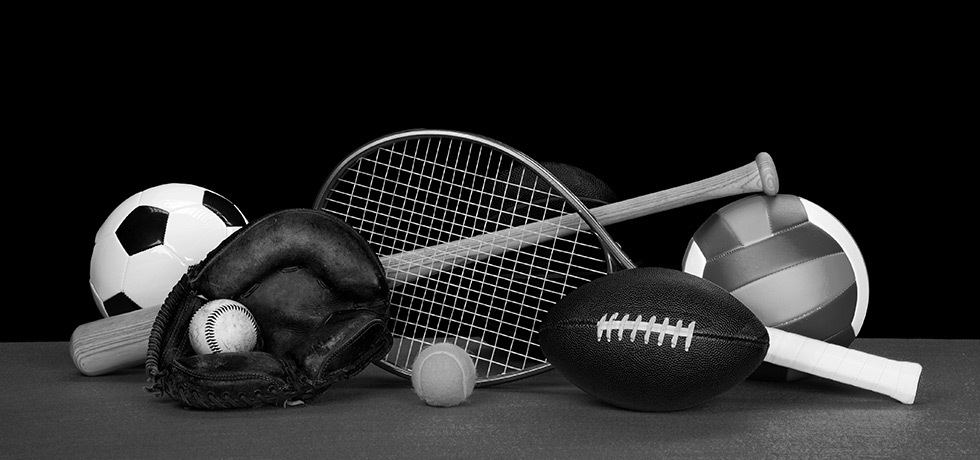BY BOB DUFF
One of the few positive developments from the COVID-19 outbreak is that parents may finally see the evidence of what so many experts have been telling them for years — more isn’t better.
Every hockey player — from NHL stars like Connor McDavid and Auston Matthews to youth athletes —who is used to participating in spring and summer hockey leagues and camps, are currently off their blades. For the first time in decades, there was no ice available for them to skate.
It’s not a good thing for those who earn a living at the game, but it could prove a wonderful blessing for kids participating in 12-months-a-year hockey.
“I don’t know if it’s good for the pros but it’s good for a lot of kids, having a month off the ice,” suggested USA Hockey’s Seth Appert, coach of the U.S. National Team Development Program’s under-18 squad.
Study after study displays the benefits of a multi-sport experience to youngsters but parents, with stars in their eyes, certain that their little boy is the next Sidney Crosby, continue to sign up their children for year-round hockey. Some are convinced that it will provide their child a leg up. Others fear that without a 12-month training regimen, theirs will be the kid who gets left behind.
In reality, what many of these parents are doing is dooming their children to failure — not just on the ice but potentially, in life itself.
Research shows that athletes who specialize in a single sport do not fully develop and therefore do not reach their genetic potential of agility, balance and coordination. Utilizing the same muscle movement time and again doesn’t allow their bodies to develop a full range of motion. These three pillars of athleticism are fully used by participating in a variety of sports in the elementary and secondary school years.
On top of that, overtaxing specific areas in a growing, developing body puts too much stress on bones and muscles and that can lead to serious damage being done. Studies show that athletes who specialize in one specific sport are 70-93 per cent more likely to be injured.
As well, athletes that remain in a single sport are socially accustomed to routine and predictability. These behaviors restrict the creative capabilities typically associated with different body movements, such as read and react times and problem solving. Overuse of the same muscle memory associated with a single sport also tended to lead to fatigue or adversity.
Immersed in a single-objective world, when that world falls apart — suppose, for instance, a player is cut from the team, or suffers an serious injury that jeopardizes their future in the game — it can result in consequences that range far beyond the boards of a hockey rink.
These kids are well aware of how much time and money their parents have invested in hockey. They feel that weight and in turn, are stressed emotionally from the pressure to create a return on that investment. When they fail to do so, the letdown can prove devastating from both a physical and mental standpoint.
Hockey’s been their life for as long as they’ve lived. It’s where their social structure exists. It’s where all of their friends are found.
When that’s gone, often their self-worth disappears with it.
“I see too many kids come in now and they live and die hockey, they have no life away from hockey,” former NHLer Rob Ray said. “They just have no release.”
It’s one of the major reasons that those who commit to one sport at a young age are often the first to quit that sport.
A study conducted by veteran minor-hockey observer Jim Parcels displays exactly how minute the chances are of a youngster journeying from minor hockey all the way to the big time.
Parcels followed the paths of all 32,000 Ontario minor hockey players born in 1968. From that massive case study, 122 reached the OHL and 27 more earned NCAA scholarships.
Thirty-five were fortunate enough to suit up for one NHL game and eight of those managed to play 400 career games in the show, enough to qualify for a full pension.
Factoring in the remainder of registered youth hockey players in Canada, the odds of one of those Ontario kids skating in the NHL was 46,000-1. And that doesn’t take into account players from the USA and Europe.
Submitting your kid to year-round hockey isn’t going to improve those odds but it could certainly hinder your child’s development.
Adam Graves, a two-time 50-goal scorer in the NHL, put his skates away every spring and picked up a baseball mitt.
“The big picture of things? Yes, we were very lucky, but ultimately, everyone was a winner to get the chance to play a sport they loved to play,” Graves said. “I’m sure if you talked to any of those 32,000 kids and asked if they met some friends, if they learned something along the way, I don’t think you’d find one kid who didn’t.
“That’s why it’s so important to keep minor sports about the kids, to keep it positive. Give your kid every opportunity, but try not to push too hard. It just re-emphasizes how important school is and that minor sports is about having fun and enjoying yourself.”
The message to hockey-obsessed parents is simple and straightforward. No matter how much you push your child, regardless of how much you invest in their future on the ice, the odds are better you’ll someday see the Toronto Maple Leafs skate around the ice holding the Stanley Cup aloft than that you’ll see your kid skate in the NHL.

